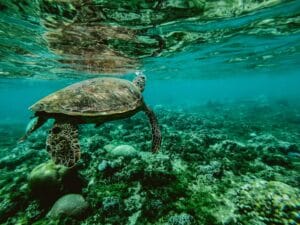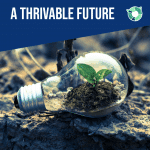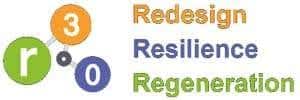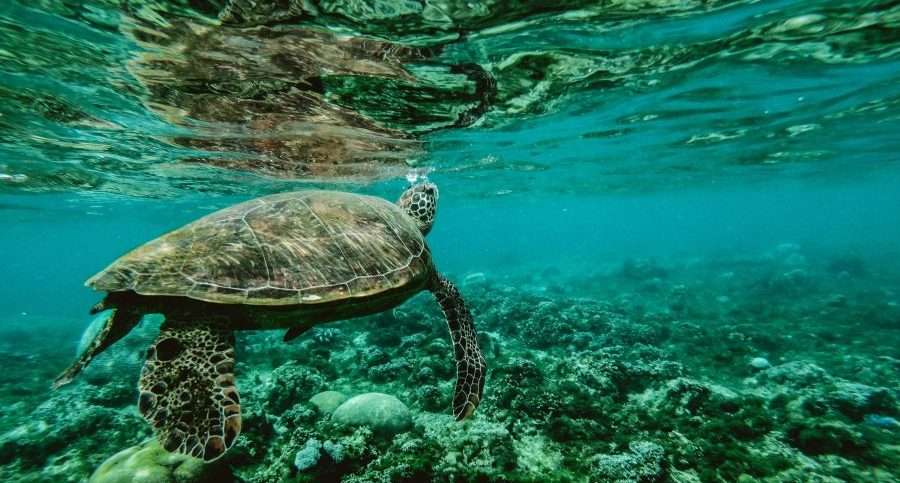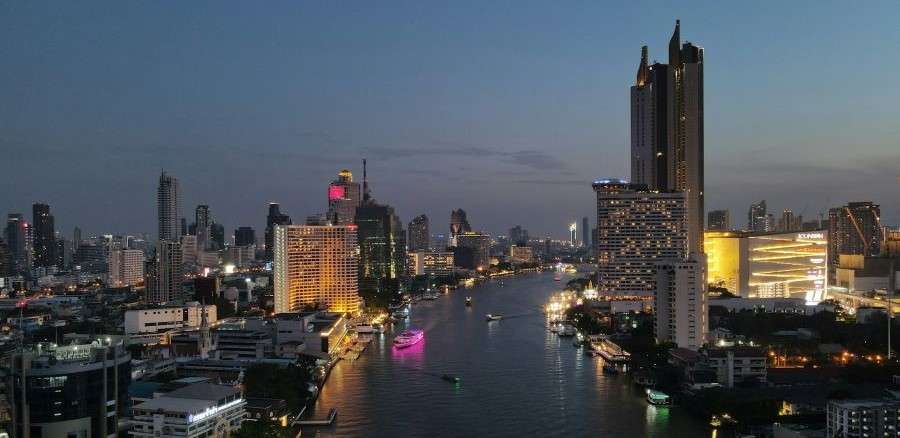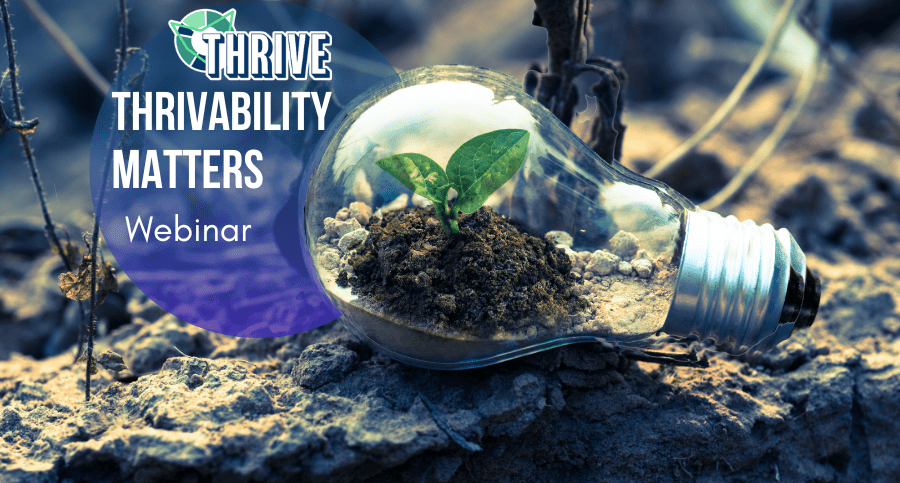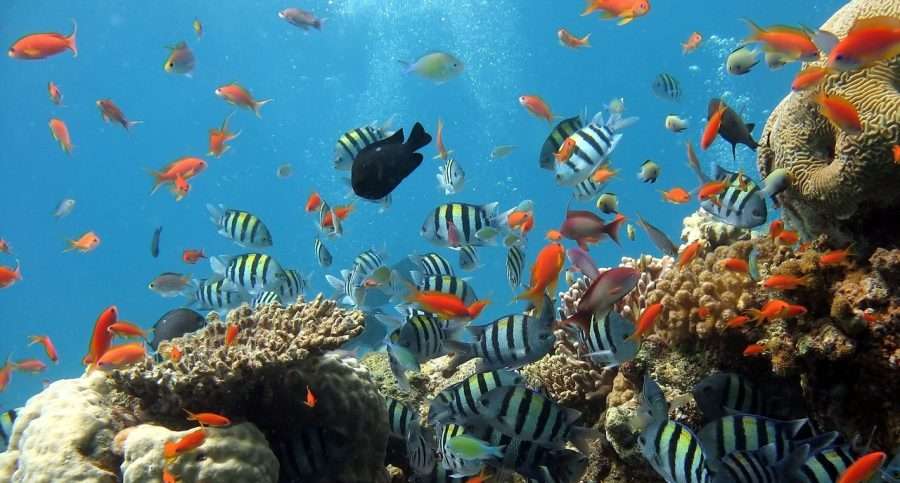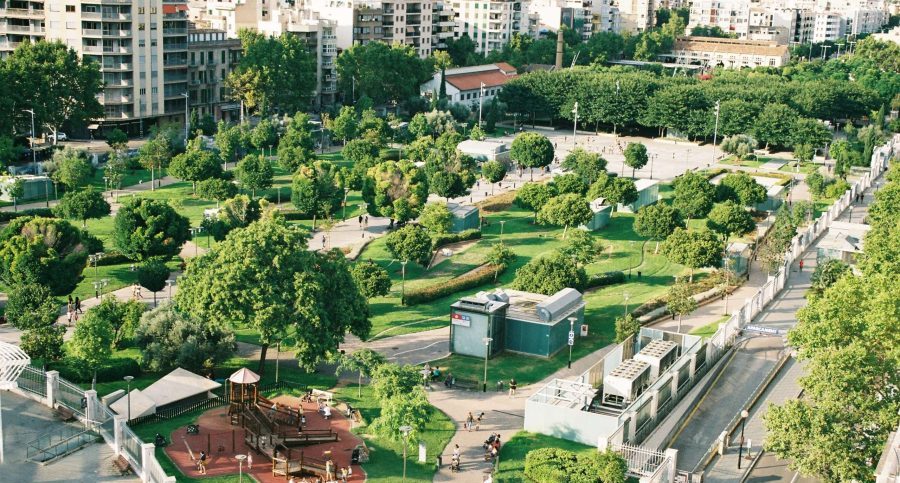What To Do About The Issue Of Microplastics In Food
Introduction We often microwave our lunch boxes and boil water in a plastic kettle. These actions can lead to problems that arise from microplastics. Microplastics can negatively impact human health and the environment. The issue of microplastics is particularly concerning as plastic packaging does not biodegrade and inevitably resurfaces years later (Kumar et al., 2021). […]
What To Do About The Issue Of Microplastics In Food Read Post »
Environment, Health, Science, Sustainability



